Speech Joseph AdG Javier
Introduction Judith Torres
Images WAF and Patrick Kasingsing
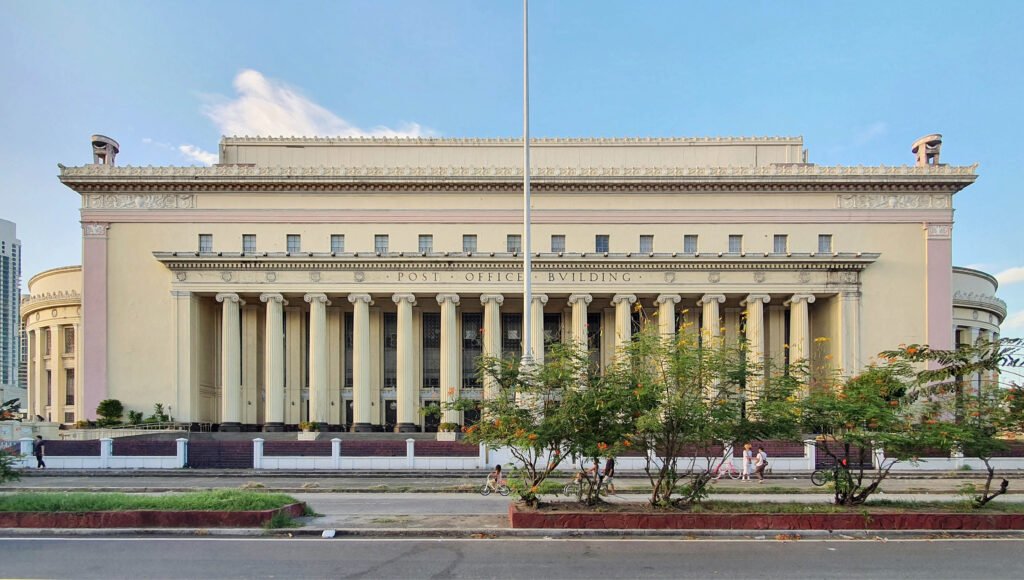

There could not have been a better opener to the seminar.
The United Architects of the Philippines leadership tapped Kanto to organize the event because of our decade-long experience covering the World Architecture Festival (WAF). The WAF is a unique competition that puts competitors before an international jury and audience, providing an opportunity for architectural firms to prove their prowess on a global stage.
Richard Garcia, UAP national president and vice president of Visionarch, a WAF 2017 finalist, knew of the practice crits we organize for WAF finalists to rehearse their presentations and consider the feedback from WAF veterans. Could we, Garcia asked, gather these seasoned vets to share their experience and encourage UAP members to take their designs onto the world stage?


Garcia also consulted on organizing an annual nationwide search for worthy projects by young architects, for entry into the WAF and other global competitions. It would work, we told him, with a credible jury and a robust, fair, and transparent system. The seminar, Garcia said, would launch the UAP’s competitions program.
However, the seminar title, Becoming Globally Competitive Filipino Architects, sparked a lively debate. As Andy Locsin, one of the first people we sounded off, aptly noted, true global competitiveness means securing international projects, not just winning competitions.




Nevertheless, competitions can serve as a stepping stone toward global competitiveness. Take Singapore, for example. In the span of five years (2004 – 2009), Singaporean designers submitted over 10,000 entries1 to design competitions around the world. It was part of a grand plan to transform the country into a hub for creativity and design excellence by 2015.
Pitting Singapore designers’ creativity against others from around the world not only honed their skills but also gave them a sense of world standards. Joining international events exposed them to different design philosophies and ideas, broadening their perspectives and enhancing their ability to innovate. Acquiring a solid portfolio of awards served as an added competitive edge when bidding for projects and seeking new opportunities. Furthermore, the publicity around their wins promoted national pride and a newfound appreciation for design and designers among the citizenry. And finally, the accumulation of awards also boosted Singapore’s standing in the global design community.
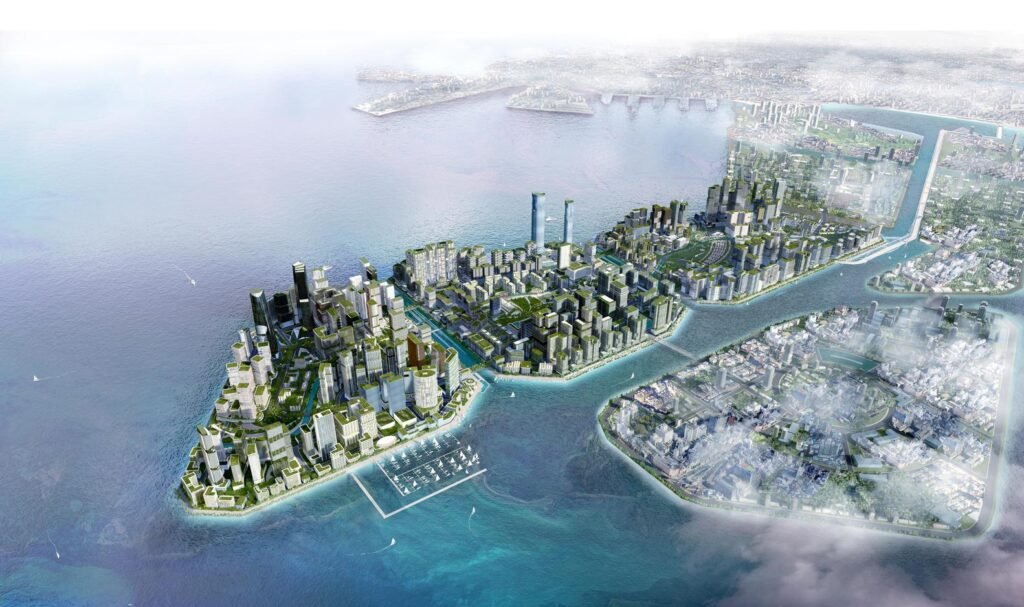

Singapore Design Council’s tracking of these awards demonstrated a rising trend of design excellence and competitiveness. These weren’t awards from random contests, but ten competitions the Council chose to track because they fulfilled at least five out of six criteria: “Length of establishment, a large number of entries, high international participation, renowned international judges, and endorsement from leading creative associations and projects done for multi-national corporations.”2
For the government, professional organizations, and design schools, every award won was a testament to the quality of the country’s design education, training, and development programs; public and private support for the design industry; and the creativity and innovation of its designers. These and the country’s business-friendly policies attracted foreign and local investments, partnerships, and outside talent to the country’s design sector.
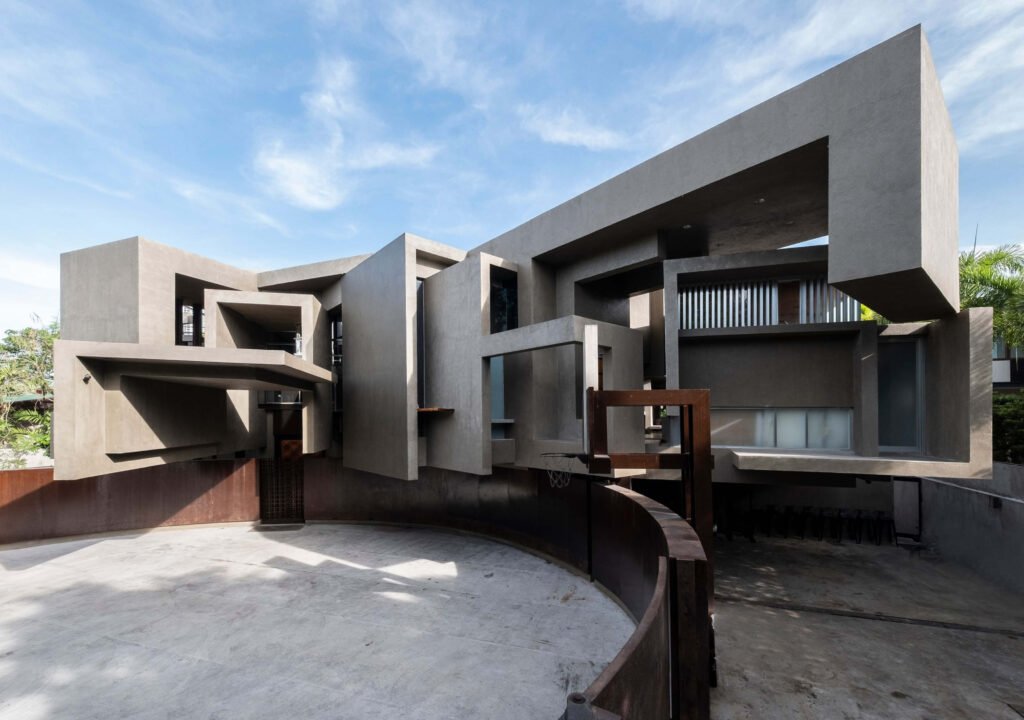

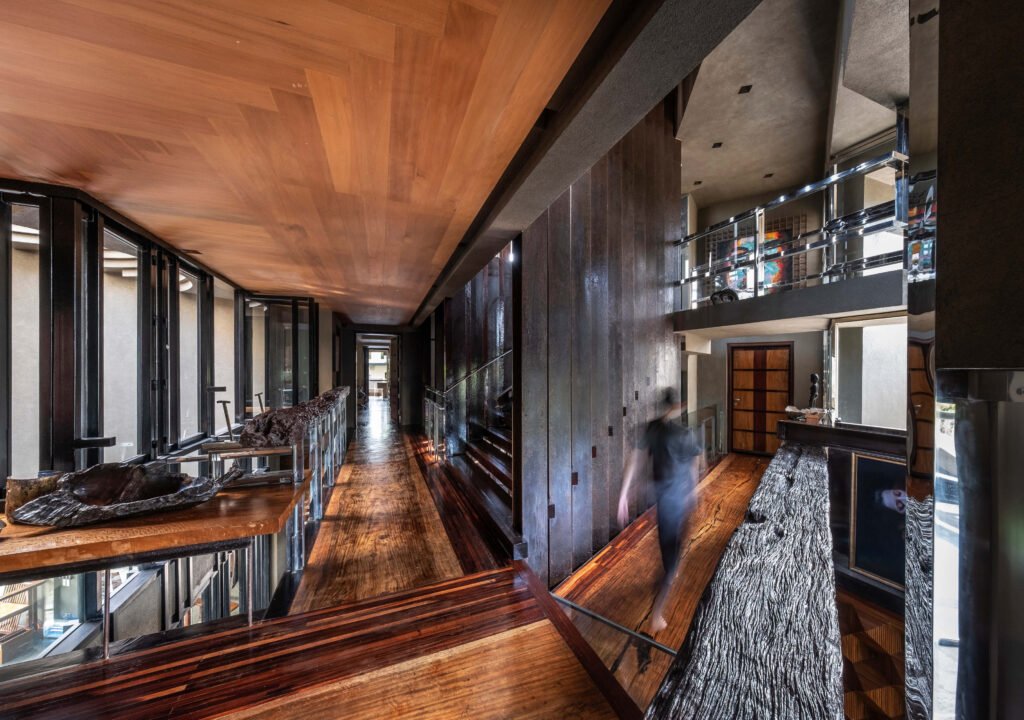

Joseph Javier’s powerful speech placed the UAP’s competitions program and the ‘promise’ of the seminar title, Becoming Globally Competitive Filipino Architects, in the right context.
Yes, let more Filipino architects join international competitions and show the world what the best of us are made of. Some of them, as Javier acknowledged, were right there with us at the UAP auditorium, ready to share what they did right and what they might have done wrong at the competitions they joined.
Javier urged Filipino architects, the ‘quiet and regular’ guys, to address the barriers hindering their global competitiveness. Then he ended his speech with a heartfelt call to action and stirring a sense of urgency for change.
Read it with an open mind. If you feel moved to sound a call to action, call it. And then, commit to doing your part. The onus lies with the UAP and the Philippine Regulation Commission Board of Architects because they crafted the rules of the game, a protectionist and exclusionist game. But every architect, teacher, and student—irrespective of their sphere of influence—has a role to play, too, in this collective effort.
So let this be a moment of introspection: How can we, individually and collectively, elevate Filipino architecture and future architects of the Philippines? The answer lies within each of us.
The seminar was presented by Kanto, the UAP, and Wilcon Depot; sponsored by GROHE and Tostem, both part of LIXIL; and supported by ModernBrands and Metalink.




Where is Philippine Architecture’s Übermensch?
Everyone needs a hero. Societies orbit around hero personas. We architects, too, have heroes. We find them in history books. We say their names in classrooms. We study and copy their works in our studios.
The philosopher Friedrich Nietzsche called this hero the Übermensch, or the overman.
Distinct from the everyman, or the common man, the Übermensch is “one who is willing to risk all for the sake of the enhancement of humanity.”3
He “can affect and influence the lives of others. He has his own independent values, which affect and dominate the lives of others who only follow herd instinct.”4
Nietzsche further adds, the Übermensch should be able to affect history indefinitely. “He will keep re-entering the world through the minds of other people, and affect their thoughts and values from generation to generation.”5
When these Übermenschen assume influence wide and far enough, the world celebrates them.

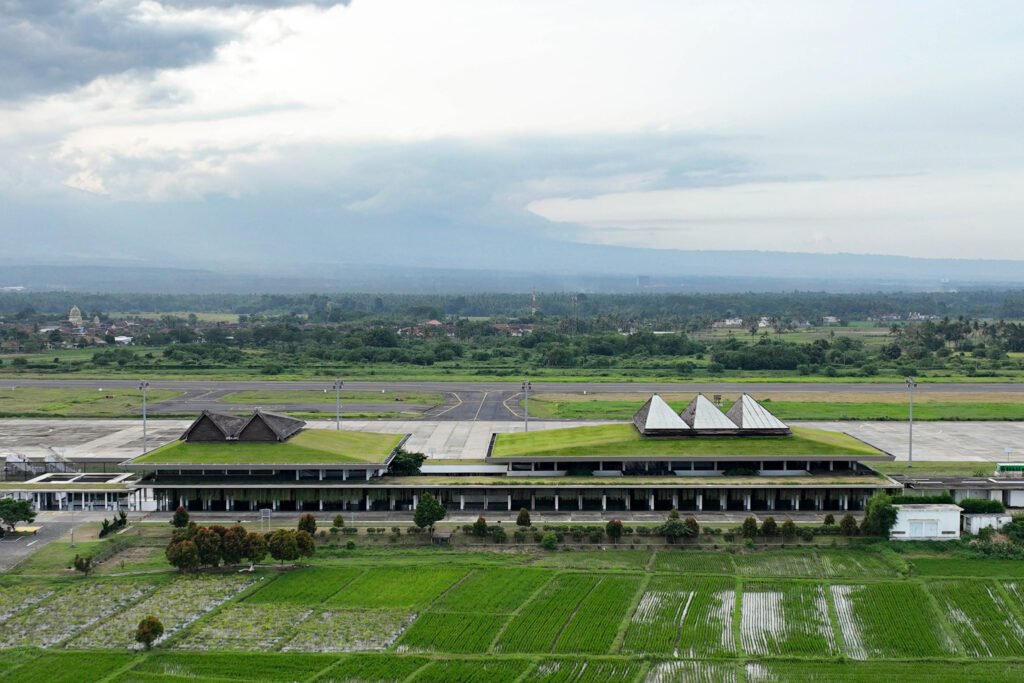
Filipino architects have long celebrated world-renowned Übermenschen, like Wright, Jeanneret, Van Der Rohe, Ban, Hadid, Piano, Ando, Ingels.
There’s Ito, Kuma, Aravena, Johnson, Correa, Doshi, Aalto, Neimeyer, Barragan. So are Gehry, Calatrava, Nghia, Kere, Murcutt, Zumthor, Lacaton and Vassal.
Half of the list are unassuming but powerful practices that affect society. They boldly take on the problems of the world quietly. No starchitect complex.
I am waiting for our Übermensch architect; one of us, who should be able to affect architectural history indefinitely, as he keeps re-entering the world through our imagination from generation to generation; and affect our thoughts and values on architecture, design—and, ultimately, the way we build.
The concern for competitiveness emerges. If it takes an entire village to raise a child, it takes the entire world to raise an overman. This aspiring super-architect needs to present himself on the world stage; confront his challengers, and compete to claim global recognition. This is where the timid, humble, and shy Filipino struggles, as he just “lets the work speak for itself.”


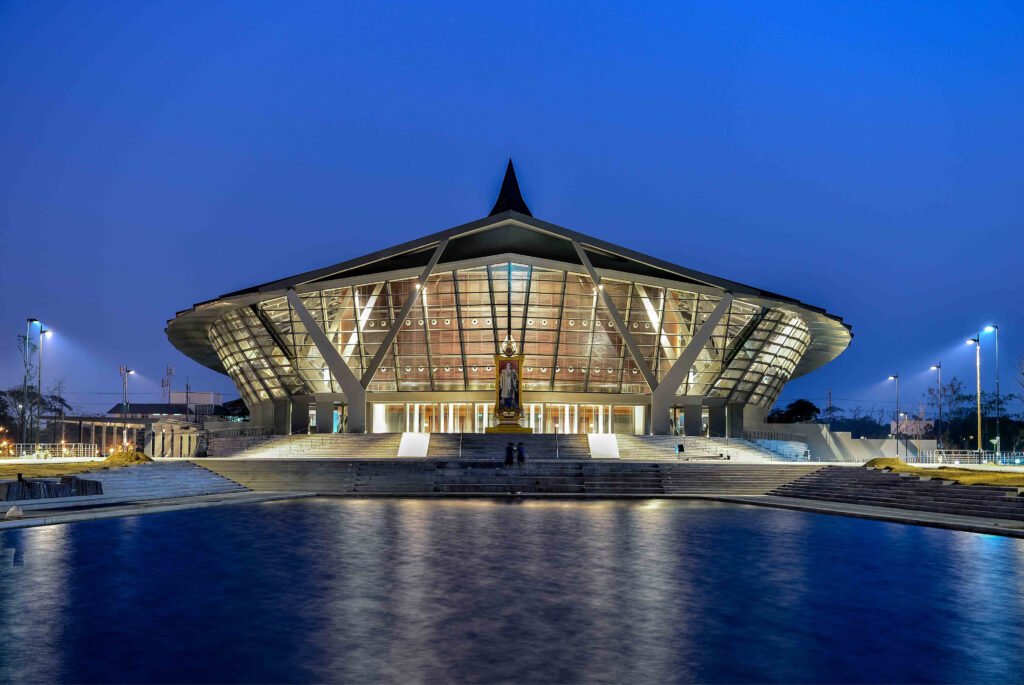

Problem is, as his work spoke of its own goodness, his Malaysian, Singaporean, or Chinese boss claimed credit.
Has the Filipino architect slid down the food chain to be obscured by his more aggressive ASEAN counterparts? Are we always the bridesmaid, never the bride? Do we enjoy always being Lefou, and never Gaston?
I yearn for the day when the world would celebrate the design genius of the Filipino architect. Why hasn’t the world done so? What is taking them so long? Or maybe, the world is not the problem. Is there anything to celebrate?
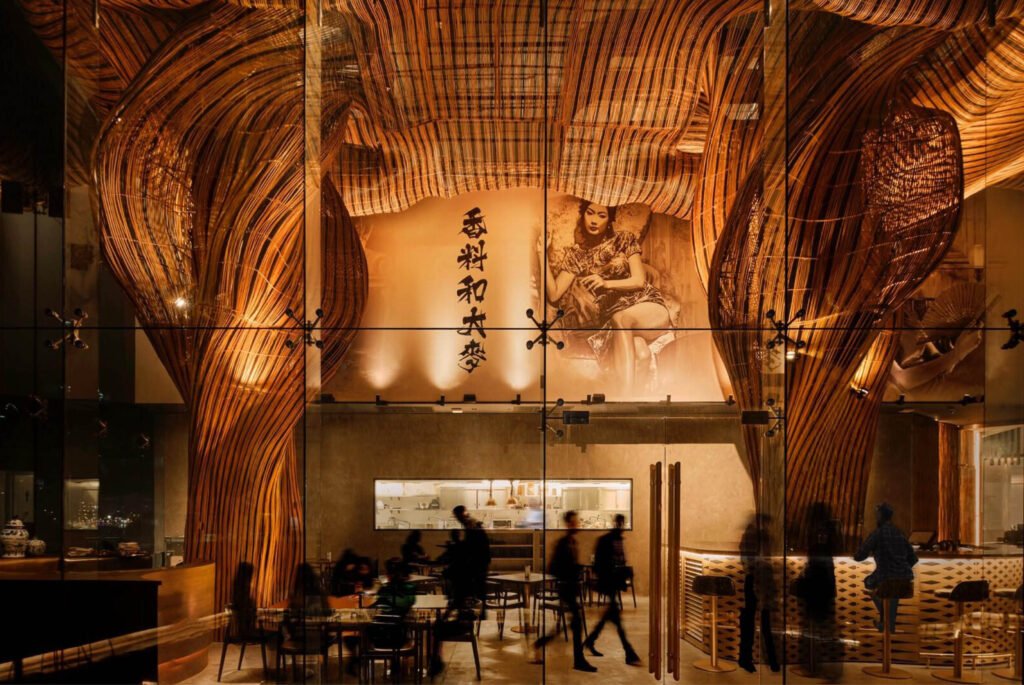

The economist Vilfredo Pareto proposed the 20-80 principle: 20 percent of solutions will solve 80 percent of problems. Eighty percent of the world’s resources are controlled by 20 percent of the population. The ruling 20 percent decide for the remaining 80. In my years of teaching, I discovered that my purpose is to enable the average 80 so they can, one day, be part of the successful 20.
Our everyman architect—the humble, hardworking, and quiet regular guy, is part of the 80. How will our Filipino everyman compare, side by side, to the everyman architect of Singapore, of Vietnam, of India? Who ends up providing jobs, and who ends up needing one?



I clumsily partition our contemporary architecture history into three parts:
The American Colonial Period, when the Pensionado Boys were the Übermenschen of our little pond. Arellano, Mapua, Luna de San Pedro; romantic surnames whose buildings, even if burned twice over, our hearts will bleed for, thrice more; and our hands rebuild it fourfold if need be. Had the world been global, would any of them be our big pond Übermensch?
The following era of the Liberation up to the Marcos Regime, painful as those years were, produced a fine collection of works by Arguelles, Illustre, leading to Locsin, whose Philippine Pavilion in Osaka, and the Istana Nurul Iman in Brunei already demonstrated global competitiveness in design and professional practice.
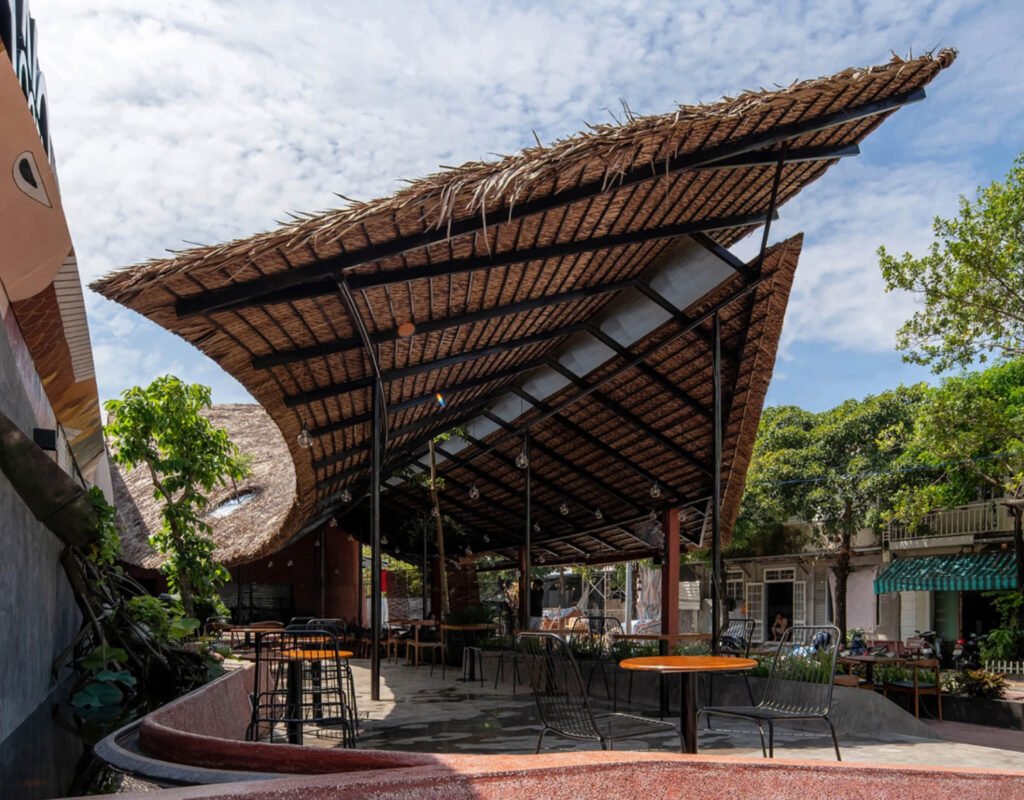

Was Locsin’s pond big enough for him to claim Übermensch-ness?
The EDSA Revolution ended this era together with state support of the arts. Would Locsin or Mañosa be perched together with contemporaries Fumuhiko Maki and Kisho Kurokawa on the pedestal of undeniable worldwide celebration if EDSA had not happened?
The current era is Post-EDSA Revolution. The 1980s is a dark hole for Philippine Architecture. It is when our most talented architects, our Übermenschen candidates, left to work abroad as OFWs. They are true heroes, but cruel as the world is, their heroism is not hot copy enough for Übermensch-ness. Conditions were just not there to breed an architect-hero.
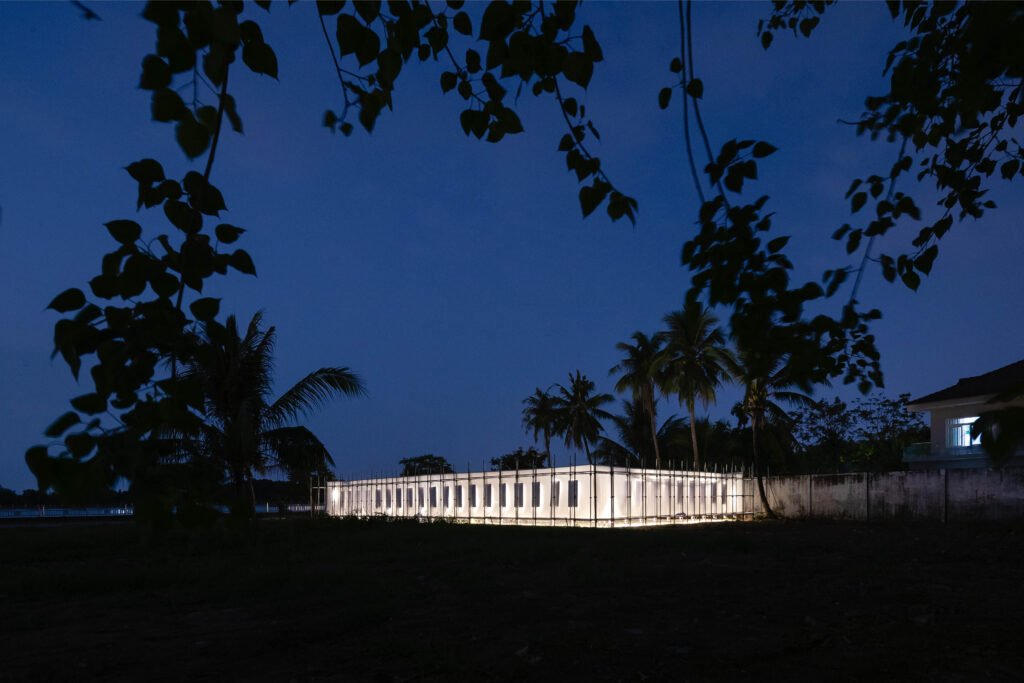
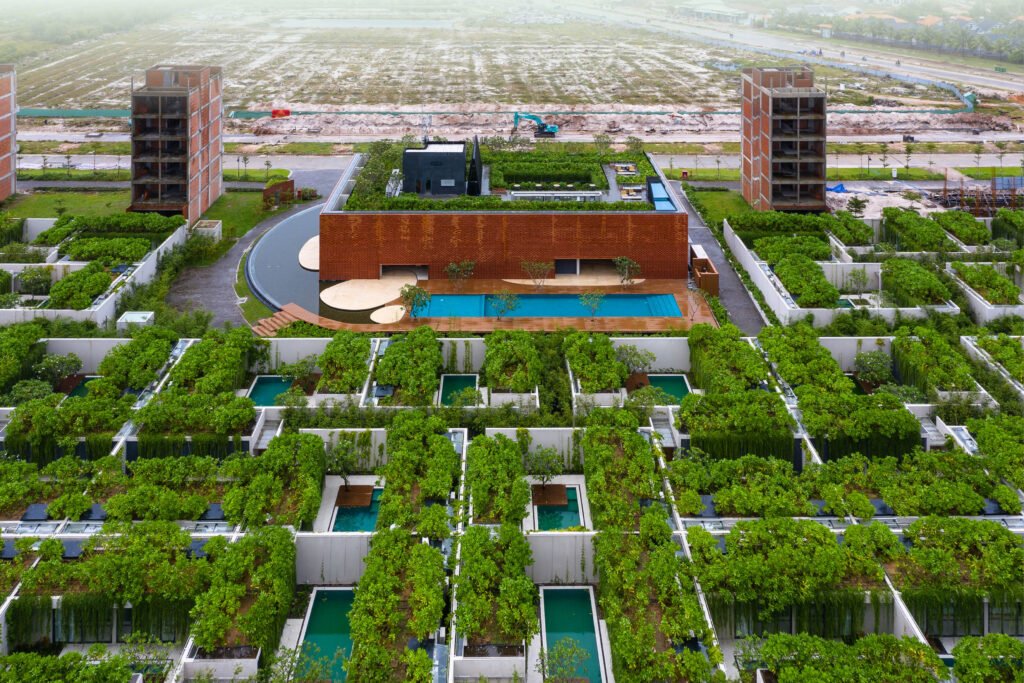


Up to the 90s, when I started employment, I was privileged to work with foreign Übermenschen architects. They flew to Manila to collaborate with my employer. How nice it would have felt to see a Filipino surname as design consultant for a project in their cities, with them as architect of record!
Always a bridesmaid but never the bride. Have we become ASEAN’s Untermensch architect?
Twenty-five years since then, not much has changed, except, in the 2010s emerged individuals of Übermensch quality—and they are in this room with me now.
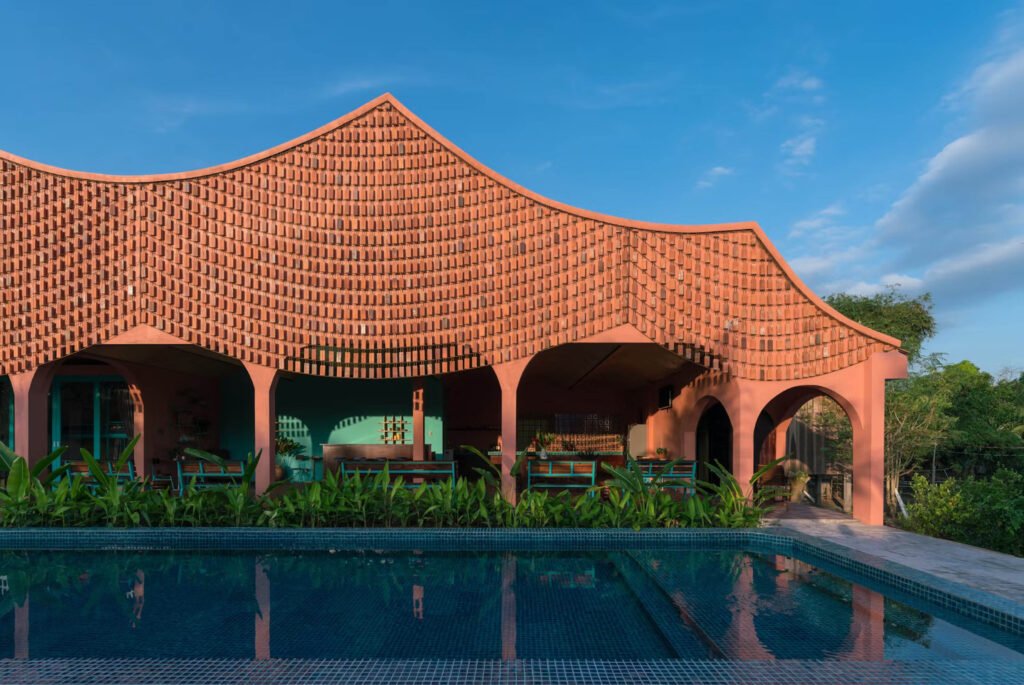

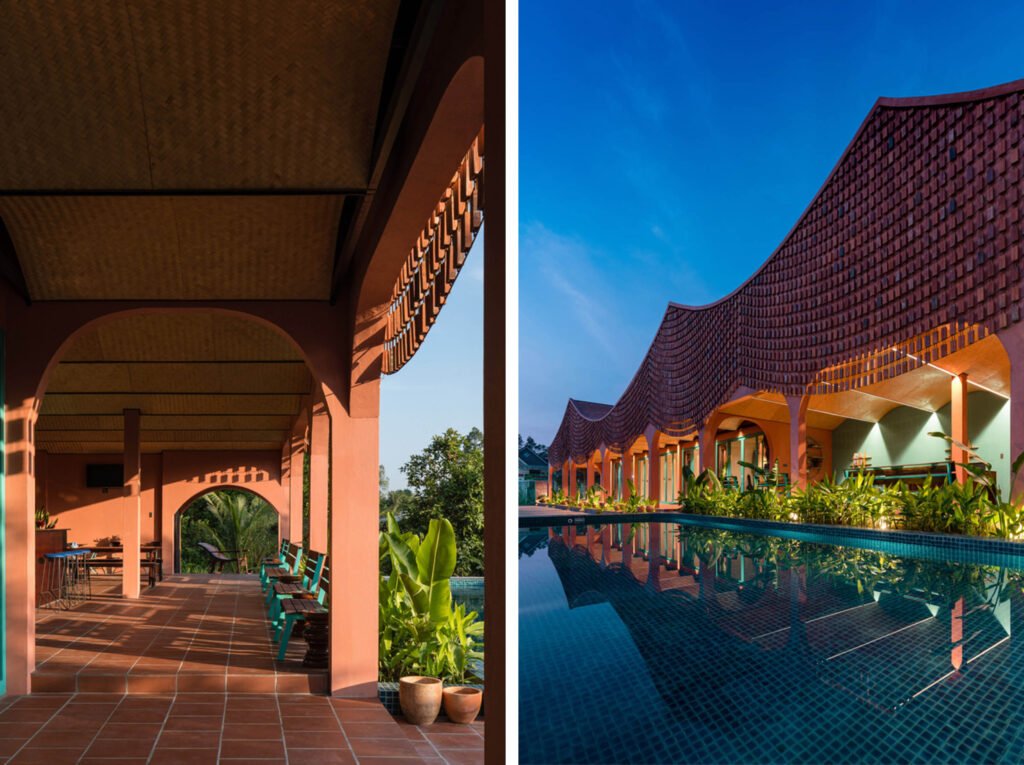

On-screen, you have been seeing works of the recent darlings of Asian architectural design. They are Asia’s overmen candidates, if not overmen already. Their works are fresh, intriguing, exotic, and exciting. One of them could get a Pritzker. Two of them will soon appear in a coffee table book on ASEAN architecture.
The Philippines is excluded from that book.
Did the authors think our best is simply not good enough? Competitiveness is being able to produce the best to be chosen from among the rest. In this book by our ASEAN peers, we were not chosen.


Singapore, back in 2004, laid out a two-stage ten-year plan of competitiveness for its design sector. They called it “The Design Singapore Initiative.”
Among many things, the program put good design in the highest place of public consciousness; putting front and center the culture of design competitiveness in classrooms and workplaces; sponsoring their participation in international competitions, expos, and fairs; awarding scholarships to foreign universities; government inviting foreign architects to work with local firms to design public facilities, and I could ramble on.
This dizzying list is in a 121-page report published last 2015. The gist of it all? Let good designers come and stay in Singapore. Let good design happen in Singapore. They are not at all fixated on promoting Singaporean architecture. Why? In a global practice, the world doesn’t care if it looks Singaporean or not. The world cares, however, if it is good design.
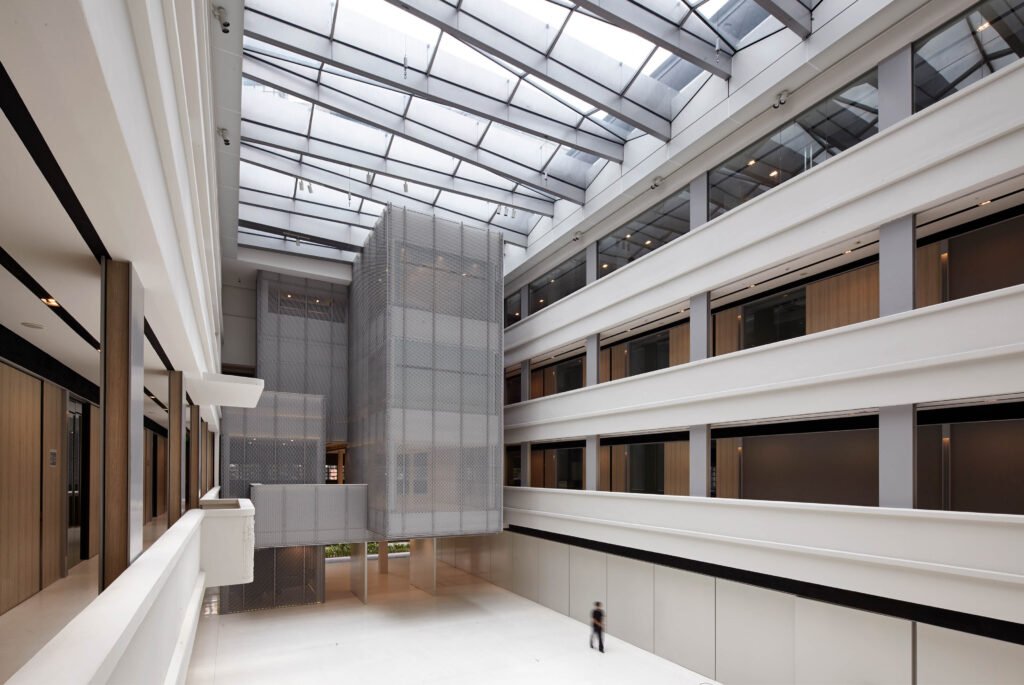

They are now in the closing stages of their third initiative, “Design Singapore 2025,” a national program to achieve dominance in the design industry through skills and thought leadership—in my own words, “Übermensch-hood.”
Nakaka-inggit.
There is hope, though. I’m not the messenger of doom today, so I propose very doable strategies for us to find our Übermensch.


We need to improve the law.
Let us template from others and innovate. There is no shame in admitting someone else did a better plan; copying and improving on it for our own benefit. China, Taiwan and Japan did it. South Korea, after the civil war, sent their children to Manila to study and learn from us Filipinos.
I suggest to liberalise the industry within a self-terminating, time bound framework. Like Singapore, let superior talent come here and teach us on the job – but with a deadline. There will be collateral damage, surely, but the ending is net-positive.
I suggest producing quality, not quantity. Move the passing grade of the board exams higher. Be more discriminating.
We need to change the academic framework.
I propose to implement a calibrated, but compassionate, overhaul of the architecture and interior design curricula. Our schools need to achieve equivalence with other respectable design institutions. What an ambition it would be for one of our schools to be considered of equal rank by the Harvard GSD.
Let us invest in re-educating our teachers. Send them abroad to learn from the best, and bring them back with a definite bond to pay it forward via return service. Let us import excellent professors to educate our students, and infect our instructors with new content and fresh methods of delivery.
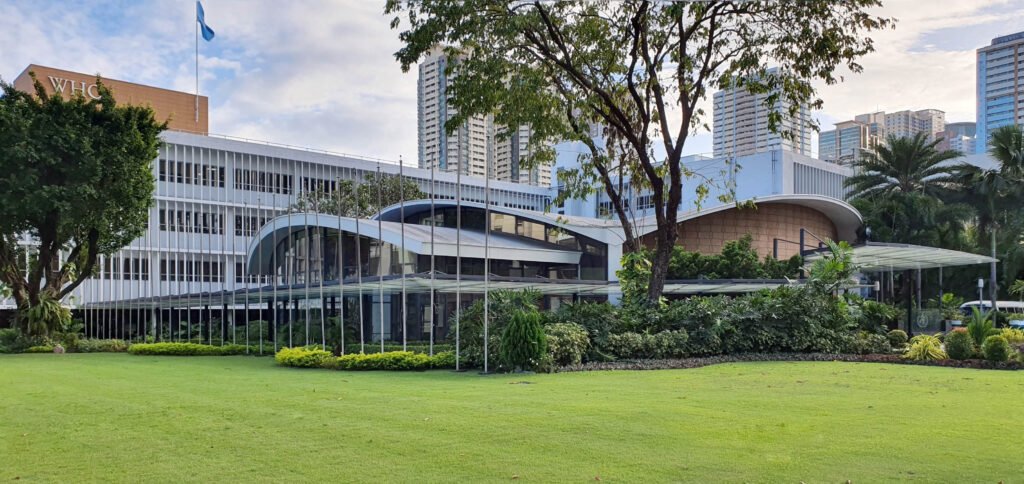

The industry needs a paradigm shift – a better way of seeing things.
Can we look into our collective ego? Is it not foolish to act like emperors, when there is really no empire? Is it so bad to find out if we may have actually become the undermen, the untermenschen of ASEAN?
“Poetry is a luxury we cannot afford,” said Prime Minister Lee Kwan Yew back in 1968 to his citizens, when they were confronted with building a republic after being ejected from the Malaysian Federation. They waited 50 years to read poetry again. I was there when it happened.
Can we resist, just for a decade, the self-decorating regalia, the titles and entitlements, the politics, the turf protection, all distracting and intoxicating metaphorical poetry. These do not advance competitiveness. Can we first build our empire?
Let us venture out of the silo. I am reminded of Plato’s Allegory of the Cave. It is a story about prisoners shackled in a cave. They had never seen the world outside. They saw only distorted, frightening shadows cast by men walking outside and believed it to be their reality. One of them managed to escape and finally saw the bigger world, the reality that there were other men, not shadows. He eagerly went back to free his friends so they could share in this new discovery. The prisoners, knowing only the shadows as their reality, killed him. They are afraid to leave the safety of their cave.
Let us encourage and enable our architects, the typical everyman, the 80 percent, to venture out, discover and compete in the global sphere—as leaders.
Let us revive the Pensionado program for our 20 percent. It only takes one academic generation to feel the yield.
Let us campaign for a higher aim, and a bigger dream for the industry. Have an initiative that will consciously gun for regional thought leadership for the Filipino architect. I long for the day when the Filipino architect, our Übermensch, opens his mouth and the world stops and listens.
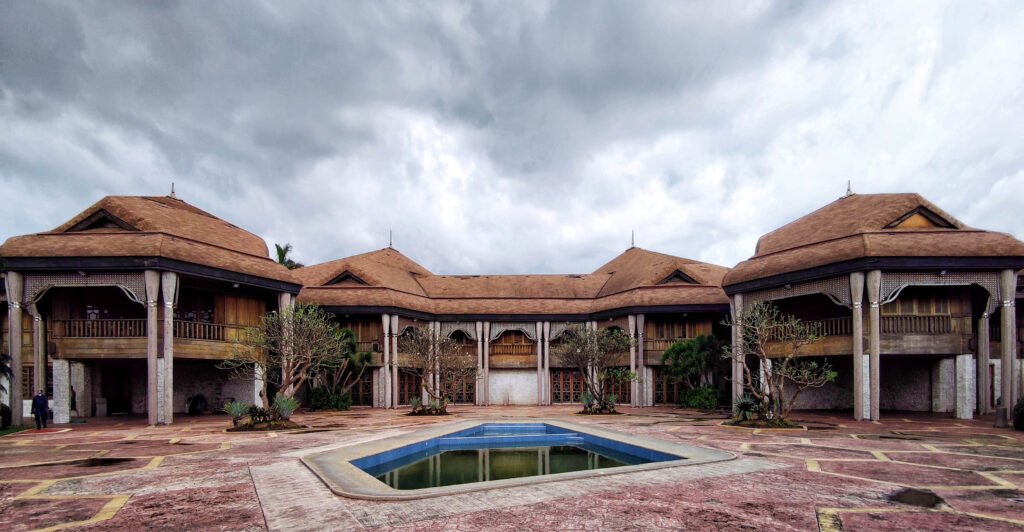

To close, I call us to action.
To UAP: Pave and lead the way to empower these aspiring Übermenschen to reach prominence. Be the selfless enabler. Let not our fear of change stop us. I am giving my personal commitment to help in this sphere.
To the Filipino architect, especially those who consider themselves “just the regular guy”: Be a willing Übermensch. Be fearless and be shameless. Demand and produce only the best by the world’s standard.
To the public: When that Übermensch architect emerges one day, let us not be gripped with fear like the prisoners in Plato’s cave who killed their hero. Let us raise and elevate our Übermensch so the world may celebrate him.
In the final analysis, it is not the lack of talent that kept us where we are. We have them overflowing, you will see later. What kept us is fear. I think the better question to ask is “Who is afraid to be Philippine Architecture’s Übermensch?”
What would you do if you weren’t afraid? •
Javier is Managing Principal of Javier Design Studio Manila (JDSM), a multi-disciplinary design firm he founded in 1996. He is also Business and Administration Officer of M5 Innovations, a creative design solutions provider he founded in 2018.
In 2015, Javier and Kanto editor-at-large Judith Torres had the privilege of interviewing five presidents of the Singapore Institute of Architects, who also led organizations like the Singapore Design Business Chamber and the Singapore Board of Architects, and the country’s top architecture firms. Other interviewees included heads of the Singapore National Design Center, Singapore Furniture Industries Council, the NUS Architecture Department, and the School of Arts Singapore, who all shared their organization’s initiatives to help make Singapore Asia’s design and creative hub by 2015.
1 Design Singapore Council, DSg-II Strategic Blueprint of the Design Singapore Initiative 2009-2015, p33-34
2 Ibid. page 60
3 University of Stanford, Nietzsche’s Idea of the Overman and Life From His Point of View, Pamornpol ‘Tak’ Jinachitra
4 Ibid.
5 Ibid.
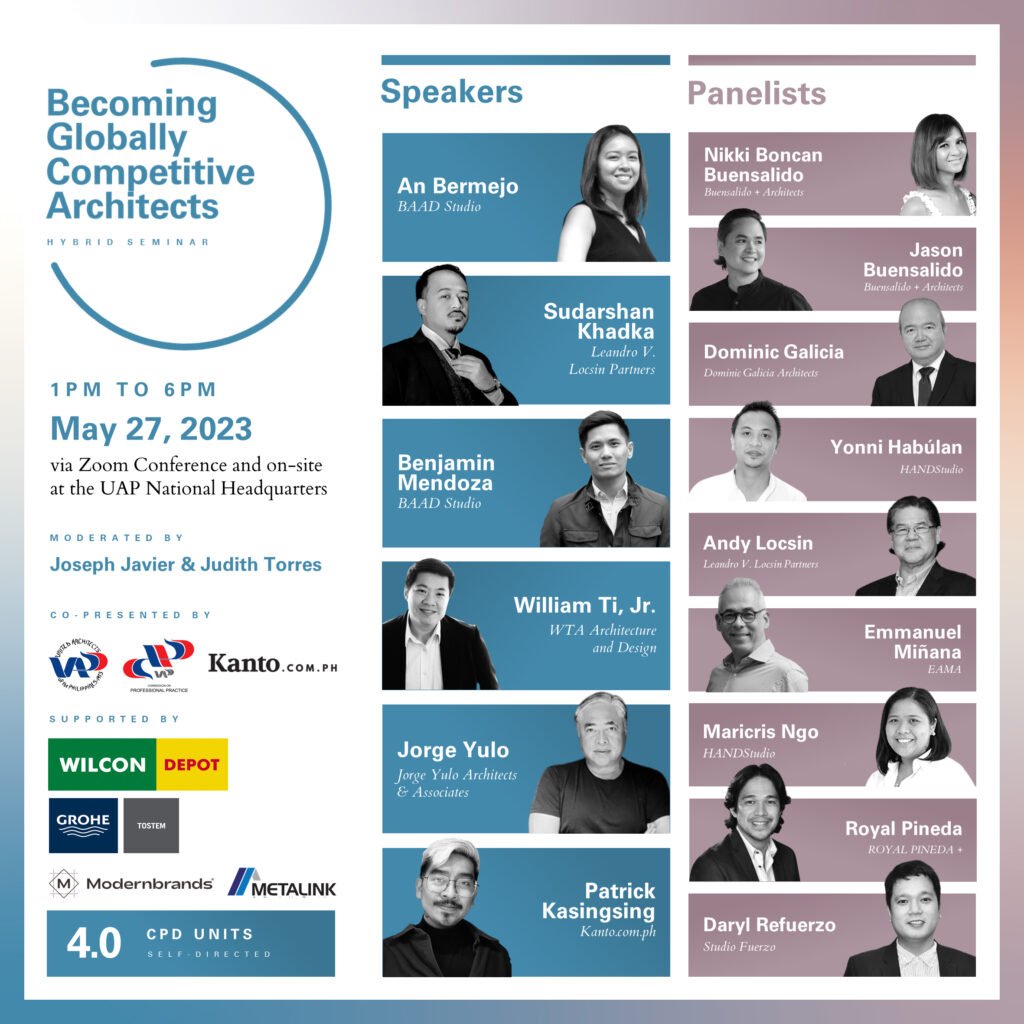

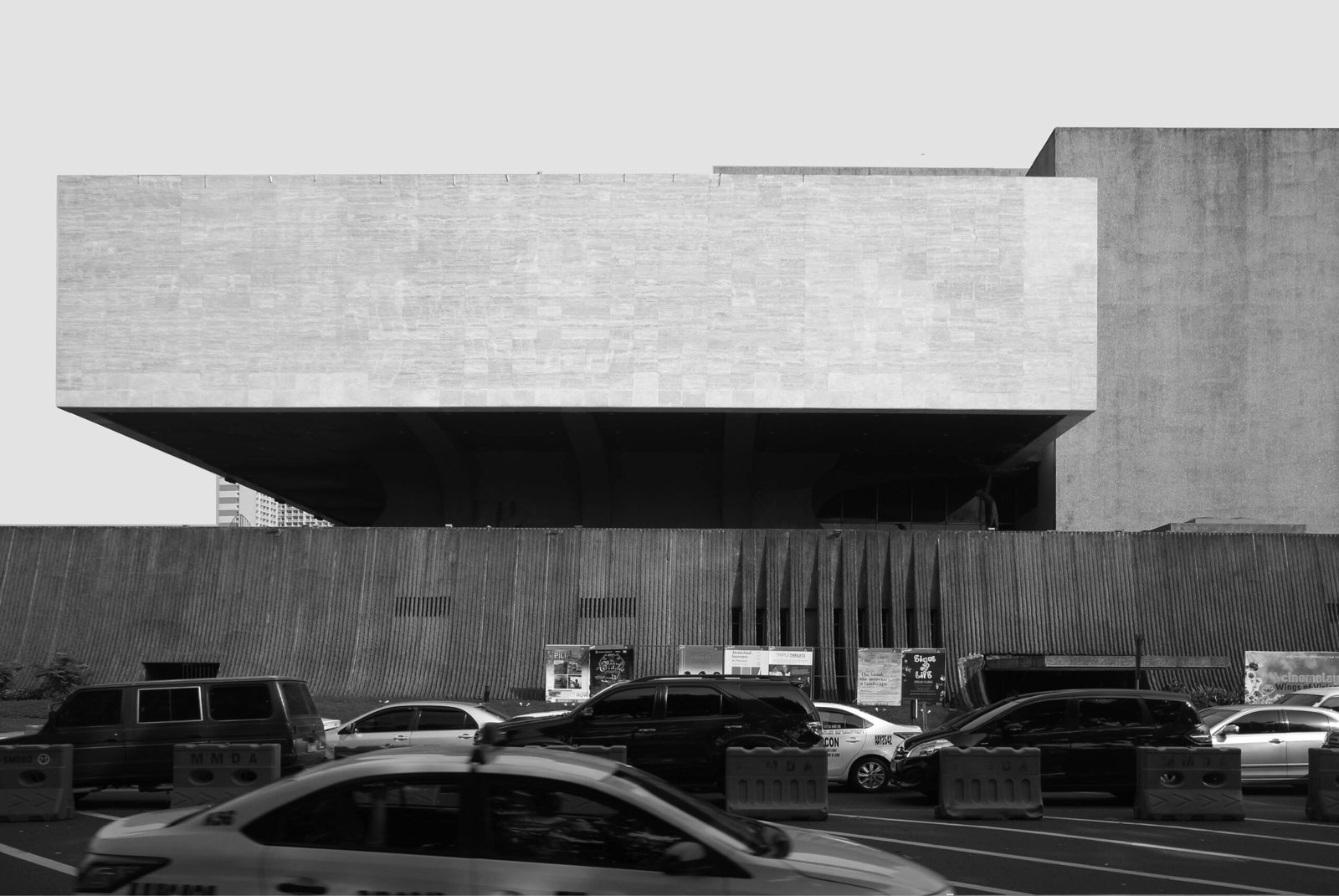

2 Responses
AJ never disappoints… what an inspiring speech! I hope this call to action, together with the current UAP leadership’s resolve, becomes an impetus of bigger and better things for Philippine Architecture globally.
We have never been lacking of talent, most have just refused to step onto the stage.
I can’t wait to meet with the new head of the UAP Commission on Professional Practice Committee on Competitions to hammer out the mechanics of the UAP’s annual nationwide search for worthy projects by young architects to enter into international competitions. I understand the new officers of Mr. Garcia’s second term will be taking their oaths of office later this June.
We invited Mr. Garcia and his team to join Kanto at WAF 2023 in Singapore to acquaint themselves with the competition and get a sense of the standards by which competitors are judged and the jurors’ biases or preferred outcomes, eg.: simplicity over complexity, ease of construction over difficulty, affordability over prohibitive expense, and so on.
Mr. Garcia’s second term ends in June 2024. He and his team have until then to assist deserving young architects in submitting their entries to next year’s WAF. My call-to-action to the UAP is simple:
To whoever succeeds Mr. Garcia, please follow through. If any UAP entries are shortlisted, see them through to the finals. Win or lose, have them share their experience with the next batch and the next.
To whoever succeeds Mr. Garcia’s successor, build on the legacy of your predecessors. Don’t give in to the personalism and legacy displacement Philippine politicians engage in, rebranding or even scrapping good programs and replacing them with vanity projects to enhance their reputation and remind constituents of their ‘beneficence.’ Instead, cultivate the spirit of magnanimity, of everyone pulling for the Philippines to level up and win. Build right, build strong, build with integrity.
For my part, I will do everything I can to muster the best people this country has to help the UAP’s deserving candidates to compete honorably on the world stage.